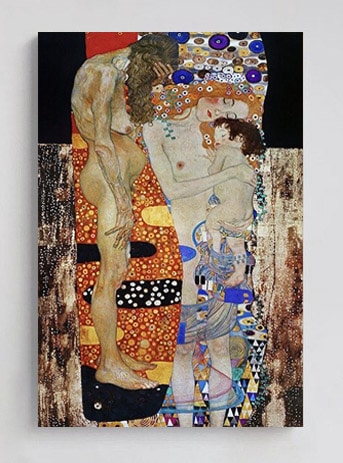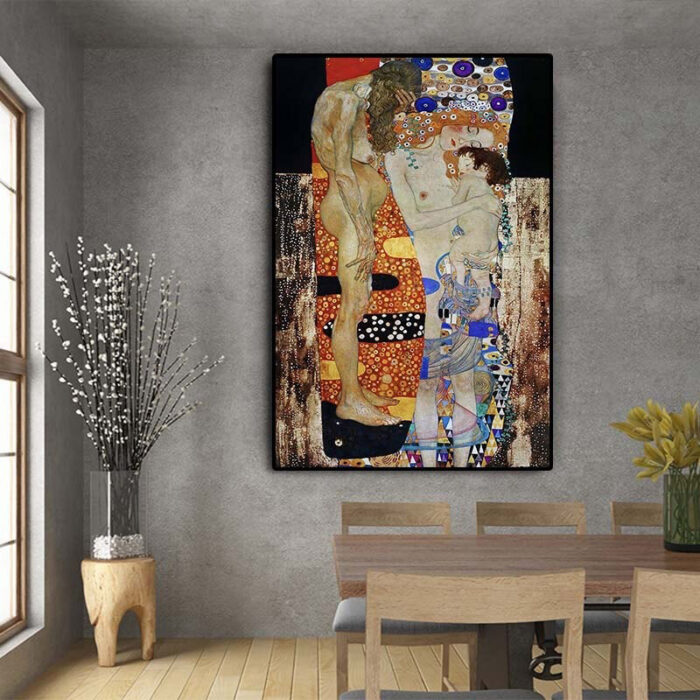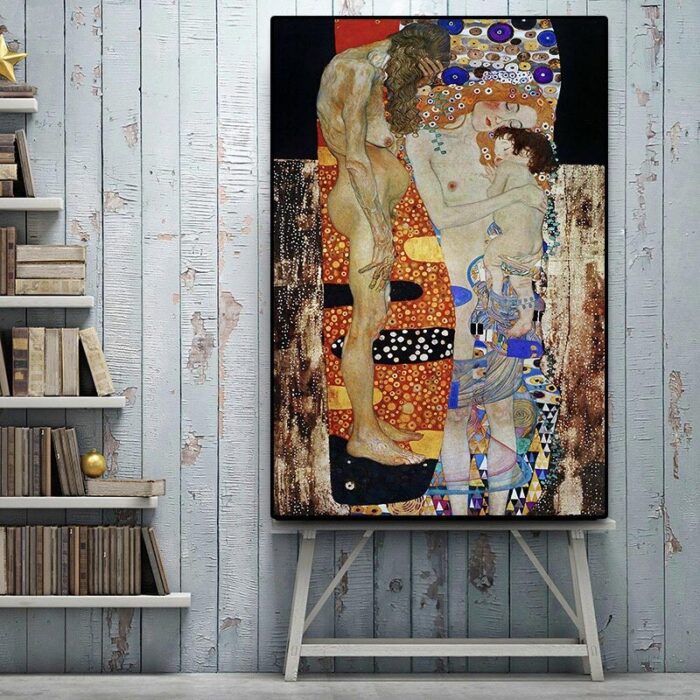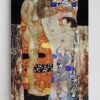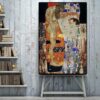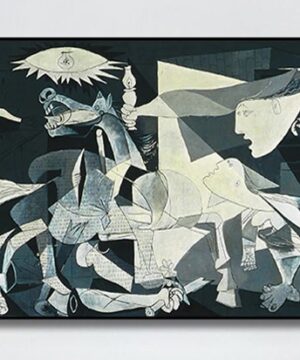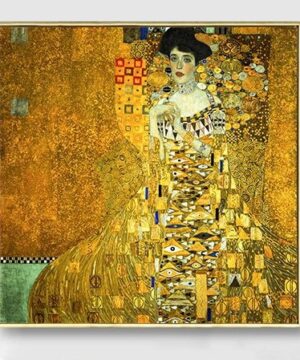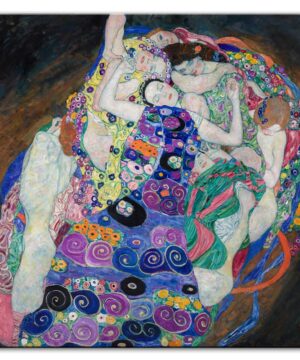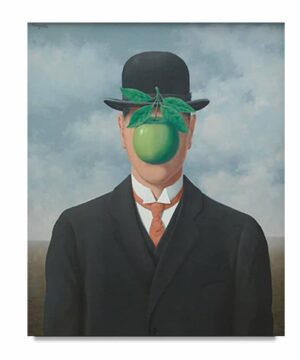As one of the founding members of the Vienna Secession, Gustav Klimt was a master of SymbolismSymbolism was a late 19th-century art movement of French, Belgian, and Russian origin. Poets and fine artists were seeking to represent absolute truths using metaphorical images in reaction against realism and naturalism. Content of both images and poetry were suggestive contents to express mystical ideas, emotions, and states of mind. Paul Gauguin, Nave Nave Mahana (1869) The term was coined More. In his artwork, he incorporated allusions to the human psyche in extravagantly decorated patterns and figures. Lavishly painted figures with allusions to sexuality and the human psyche, often carrying messages of sexual liberation, pleasure, and mental burden, populated his canvases. In “The Three Ages of Woman” he combines narrative elements with an abstract design, characteristic of the “Gesamtkunstwerk” – the “Universal Work of Art”, an all-embracing synthesis of arts – characteristic for the Art NouveauIn the desire to abandon the historical styles of the 19th century and overcome historicism in architecture and decoration, Art Noveau appeared in a wide variety of strands worldwide, most popular between 1890 and 1910. The movement is also known as the Glasgow Style, in the German-speaking world, as Jugendstil, or as Stile Liberty in Italian. Enthusiasts in the decorative More movement and the Vienna Secession of that period.
Where is the picture “The Three Ages of Woman” today?
“The Three Ages of Woman” was exhibited during the second exhibition of the Deutsche Künstlerbund in 1905, and in 1911 at the International Exhibition in Rome, where it won a gold medal. It was then purchased by the Italian government for the collection of the nation’s modern art gallery. Today, the picture “The Three Ages of Woman” is still on permanent display at the Galleria Nazionale d’Arte Moderna in Rome.
What’s in it?
The picture shows three female characters symbolizing three different stages in the cycle of life. They float in front of an intricate, colourful pattern of geometric shapes, which add flatness to the overall composition. To the right, a woman cradles an infant, lovingly leaning her head against it, while the baby rests its head against her shoulder. The woman’s long red hair decorated with flowers seamlessly blends into the circular pattern of the background. Both the woman and the infant have their eyes closed, smiling softly as if dreaming. A diaphanous cloth partially wraps the baby and gives sight onto the woman’s emaciated legs.
Disjointed from the dreamlike scenery stands an elderly lady, her head turned away, screened by a cascade of gray curls. Her sagging skin, bloated belly, and prominent veins represent a life well-lived.
What’s the context?
Klimt painted at the height of his career during his Golden Period, in which he created his most famous paintings such as “Judith and the Head of Holofernes” (1901), the “Portrait of Adele Bloch-Bauer I” (1907), and “The Kiss” (1907-1908), all featuring strong decorative patterns besides narrative elements. He was most likely inspired by his trips to Venice and Ravenna, locations that are famous for their mosaics. Furthermore, he adapted the flatness in the manner of Japanese ukiyo-e prints, e.g., by Hokusai and Hiroshige, that were flooding Europe at the time.
Chatter and Prattle
- Klimt’s primary painting subject was the female body. Beyond displaying sexuality candidly as ExpressionismExpressionism in fine arts was a modernist movement, which originated in Germany in the late 19th and early 20th century. Its roots of can be traced to Post-Impressionist artists like Edvard Munch in Norway, and Gustav Klimt of the Vienna Secession. Core attribute of Expressionism is the tendency to present the world solely from a subjective perspective, distorting objects radically More and SurrealismSurrealism was a 20th-century philosophical, literary, and artistic movement seeking to channel the unconscious to access the imaginary. Proponents of Surrealism rejected the notion of understanding life in rational and conventional terms in favour of asserting the value of the unconscious mind, dreams, the strangely beautiful, and the uncanny. André Breton, the leader of a group of poets and artists More had approached, Klimt further challenged the Viennese establishment by bluntly diverting from the academic, idealized nude as exemplified by the goddess Venus, which was the only socially acknowledged form or representation at that time. He not only presented dangerously attractive, seductive women, but also scandalized the academic ideal by presenting age and degeneration, evoking vehement controversy.
- While Klimt never married, it is known that he fathered at least fourteen children. However, he only recognized four of them. His closest companion was Emilie Flöge, his sister-in-law and the widow of his late brother.
Do you want to comment on this text or add information? We would like to hear from you.
Recommended Readings:
This article may contain compensated links. Please read Disclaimer for more info. As an Amazon Associate, I earn from qualifying purchases.
Susanna Partsch (2012): Gustav Klimt: Painter of Women
Eva di Stefano (2008): Gustav Klimt: Art Nouveau Visionary
Michael Kerrigan (2015): Gustav Klimt: Art Nouveau and the Vienna Secessionists (Masterworks)
Gilles Néret (2015): Klimt (Basic Art Series 2.0)
Tobias G. Natter (2018): Gustav Klimt. Drawings and Paintings (Bibliotheca Universalis)

